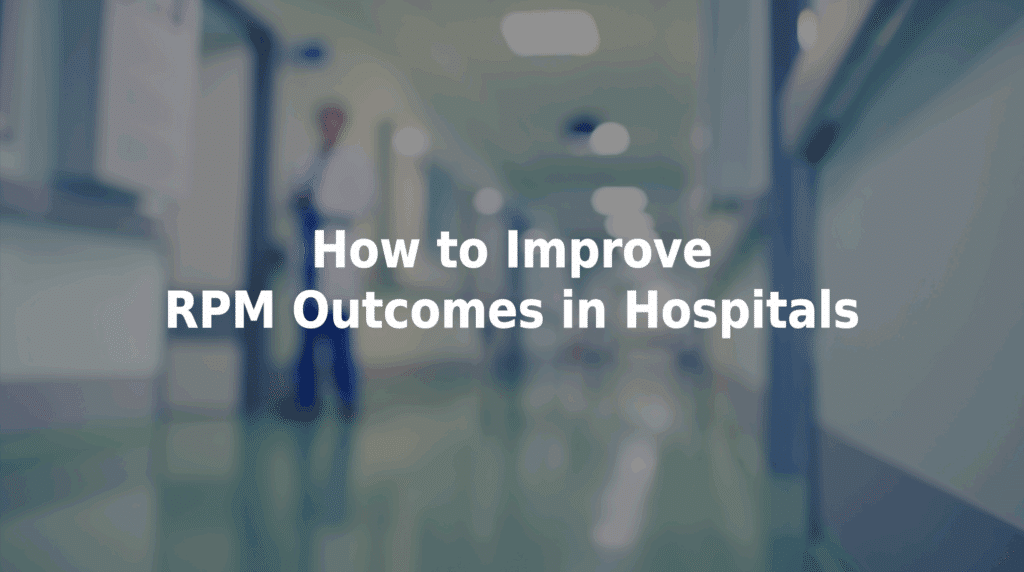How to Improve RPM Outcomes in Hospitals
Many hospitals are looking to remote patient monitoring (RPM) to reduce readmissions and support value-based care. While implementing an RPM program is a major step, true success depends on how effectively it’s managed, integrated, and supported. To that end, TriageLogic provides a turnkey RPM solution — including real-time alerts, nurse triage, and patient onboarding — designed to help hospitals maximize outcomes and operational efficiency. Let’s explore how to improve RPM outcomes in hospitals.
Key Factors That Drive RPM Success
1. Implement 24/7 Clinical Triage Support
Many RPM programs fail to improve outcomes simply because there’s no one available to consistently monitor patient data. TriageLogic’s solution includes trained RNs who monitor alerts, contact patients, and escalate care when necessary — significantly improving response times and outcomes.
2. Target the Right Patient Populations
Focus on patients who are high-risk or high-cost — such as those with chronic conditions (CHF, COPD, diabetes), recent discharges, or frequent ER visits. These populations benefit most from continuous monitoring and early intervention.
3. Customize Care Protocols
A one-size-fits-all approach can lead to alarm fatigue or missed issues. TriageLogic works with your team to tailor protocols by condition, severity, and patient goals, ensuring more meaningful engagement and fewer false positives.
4. Engage Patients With Ongoing Support
Patient education and adherence are essential. TriageLogic provides onboarding, live support, and ongoing outreach to ensure patients understand their devices and actively participate in their care.
5. Integrate With Hospital Systems
For RPM to improve workflow efficiency, it must integrate with your EHR and clinical processes. TriageLogic’s platform is compliant with HIPAA, supports seamless data exchange, and improves documentation, billing, and care coordination.
Best Practices to Improve RPM Outcomes in Your Hospital
To ensure long-term RPM success and scalability, hospital administrators should:
- Create standardized onboarding workflows for patients and clinicians.
- Review KPIs like readmission rates, ER diversions, and adherence benchmarks.
- Conduct regular reviews of alert frequency, triage performance, and patient feedback.
- Train staff continuously on how to interpret RPM data and incorporate it into care decisions.
- Use data about outcomes to adjust program strategy and demonstrate value to stakeholders.
TriageLogic provides outcome tracking, clinical guidance, and strategic insights to support ongoing performance improvement.
Elevate Your RPM Program With TriageLogic
Knowing how to improve outcomes in hospitals is the first step. Partnering with a clinically proven solution like TriageLogic’s RPM service is what makes it happen. From clinical triage to patient engagement and backend integration, we help you optimize your RPM investment and deliver better care where it matters most.
Schedule a consultation to learn how our program can help your hospital improve outcomes and reach your care delivery goals.

